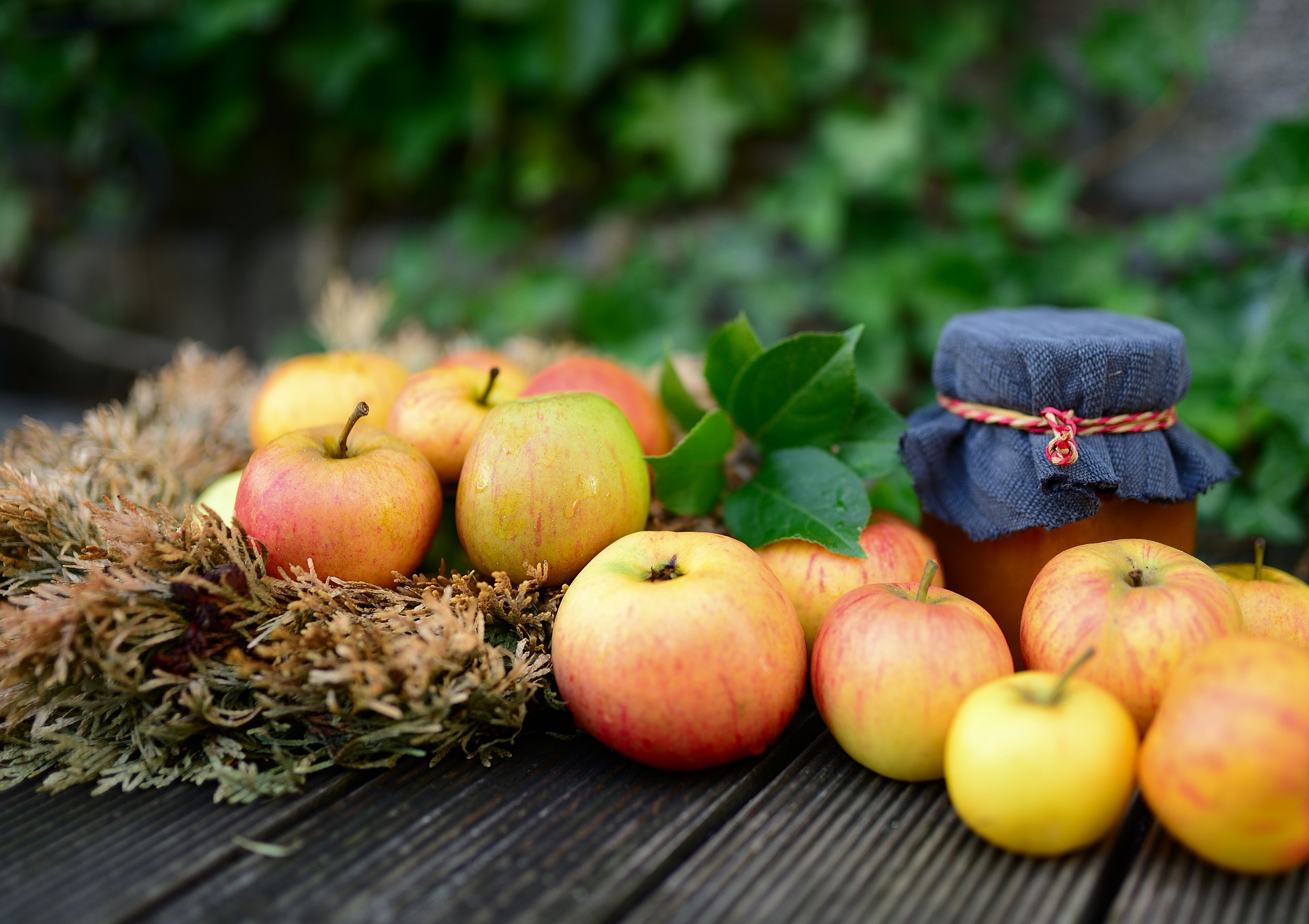The fruit red spider mite (Panonychus ulmi Koch) has long been known as a pest of fruit trees, but it only became a major pest in apple orchards from 1960 onwards. However, since then, the population numbers have generally decreased, so the occurrence of this mite is considered a problem only where it is triggered by some incorrect measure. There are several theories about the fluctuation in the occurrence of the red spider mite. There are several theories about the fluctuations in the occurrence of the red spider mite.
The pest attacks
Leafs
Pest morphology
Adult forms are visible to the naked eye. Their bodies are pear-shaped and bright red. Females are 0.4 to 0.7 mm long and much larger than males. They have strong dorsal hairs on their bodies that arise from whitish tubercles.
The eggs are almost spherical, measuring 0.13 mm in diameter, and have a long apical hair. We distinguish between winter and summer eggs. Winter eggs are brick-red in color, while summer eggs are smaller in size and less pigmented, appearing light red or orange.
The larvae are initially orange, later turning reddish. The first stage has three pairs of legs, while the subsequent stages have four pairs each.


Bilogy and life cycle
This spider overwinters in the stage of winter eggs, which appear as early as August. Adult females live for 12 to 18 days. They lay 1 to 5 eggs per day, totaling 10 to 30, and up to a maximum of 70. The eggs are laid around buds on one- and two-year-old branches, often on old wood and in wounds on branches, frequently in large clusters, making the red color of infected plant parts visible from a distance. In late March and April, the larvae begin to emerge from the eggs, usually a few days before bud opening, resulting in larval mortality due to lack of food. Larvae emergence can last for 20 to 30 days. They immediately move to the undersides of leaves to feed. During their development, they go through three stages, followed by a nymphal stage, during which they are inactive. Each of these 6 stages lasts 1 to 2 days, meaning the larva completes its development in 7 to 10 days.
After one to 4 days, females begin to lay summer eggs on the undersides of leaves. The egg stage lasts for 5 to 11, sometimes more days. The development of winter eggs takes 170 to 230 days, and they must be exposed to low temperatures for larvae to hatch from them. Generations overlap, so we simultaneously have summer eggs, larvae, nymphs, and adult forms. The length of the life cycle depends on temperature and humidity (optimal temperature is 23 to 25 °C, with relative humidity of 50 – 70%). High temperatures and low humidity can kill eggs and disrupt mite reproduction.
The species has 6 to 7 generations per year.
Damage caused by a pest
The fruit red spider mite can cause significant damage in orchards. Initially, yellowish spots appear, which soon turn purplish-red or purplish-brown. They are concentrated along the leaf veins. These spots merge, and the leaf begins to dry out. They result from sucking, which causes the breakdown of chlorophyll grains and the coagulation of protoplasm in pierced cells. The photosynthesis process is reduced, leading to water loss. Later, the attacked tissue becomes necrotic. In summer, the leaves begin to yellow, brown, or take on a characteristic leaden appearance. They may prematurely fall off the branches. In spring, larvae and nymphs originating from winter eggs can gather and cause breaking and deformation of the shoots they inhabit.
Štete su najveće u vrijeme kretanja voćaka. Najjači napad je za vrijeme zadnjih generacija. Jedna od posljedica napada crvenog voćnog pauka jest i nenormalan razvoj plodova te slabiji razvoj pupova što može uzrokovati štetu i iduće sezone.


Protection against the red fruit spider
The decision threshold is considered to be 500 to 1,000 eggs per meter of branch length. After flowering, the tolerance threshold is considered to be 3 to 5 mites per leaf or 1,000 to 2,000 mites caught using the 100-strike method.
During mid to late summer, treatment is recommended if more than 8 mites are found per leaf.
Winter spraying is carried out during the vegetation movement with mineral oils and oil-based organophosphate insecticides. However, this measure is increasingly being replaced by treatment with selective acaricides when around 30% of the larvae have emerged from winter eggs.
Some fungicides also reduce populations of the fruit red spider mite, as do natural enemies such as the predatory mite Typhlodromus pyri, lady beetles, and certain species of bugs.













































